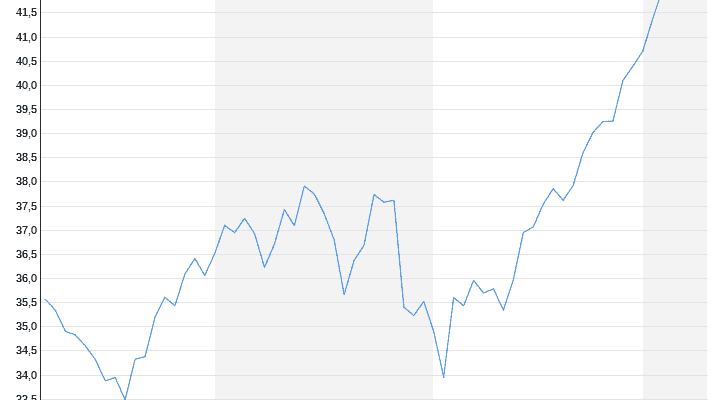Tuesday, November 9th, 2021
Does a lack of excess capacity result?
Infineon boss expects chip bubble
It is becoming more and more apparent that the semiconductor market is still waiting to normalize. Infineon boss Ploss refers to long lead times in production. The industry is well off when production is back in balance in the third quarter of 2022. But before that he expects a bubble.
Infineon boss Reinhard Ploss expects the chip crisis to ease from the second half of 2022. “We are in good shape when car production and chip delivery come into balance in the third quarter,” he said at the “Handelsblatt” car summit. However, there is a lot of catching up to do.
Ploss referred to the long lead time in chip production – it takes about a year to build a new factory, the production cycle is then another half a year or even more. The ability of the value chain to respond to increasing demand is limited, he said. Capacity is currently being built in the industry, said Ploss.
That will lead to overcapacity: “We will have a bubble that will disappear and then everything will be fine,” said Ploss. “The bubble then fizzles out again.” At the same time, however, he was confident that the higher demand from the automotive industry would be sustainable. Modern cars require significantly more semiconductors than before. Infineon generates around 40 percent of its sales with semiconductors for the automotive industry.
Continental boss Nikolai Setzer made a similar statement at the event. In his opinion, the semiconductor shortage is increasingly affecting the construction of electric cars. “At least the same applies to electromobility as to combustion engines and other general vehicles,” said Setzer at the auto conference. Battery-powered vehicles actually require more electronic components than others.
The car manufacturers are currently installing the scarce chips primarily in larger combustion vehicles and e-cars. Battery-powered vehicles are currently in great demand, so production is running at full speed. A lack of components could cause the ramp-up to stutter.
